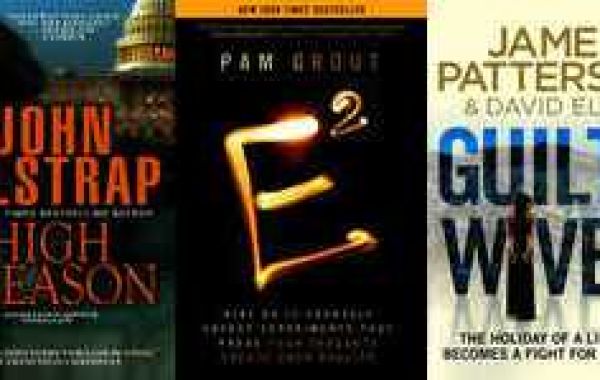The oil and gas industry is renowned for its rigorous safety protocols and procedures. However, when dealing with high-risk environments and potentially catastrophic scenarios, there is always room for improvement. Enter Virtual Reality (VR) Emergency Training Simulators, a cutting-edge technological solution that is reshaping safety preparedness and response strategies in the oil and gas sector. In this article, we delve into the transformative role of VR Emergency Training Simulators and how they are enhancing safety awareness, skill development, and crisis management within the industry.
Immersive Learning in Hazardous Environments
VR technology has transcended the realm of entertainment to become a formidable tool for education and training. In the oil and gas sector, VR Emergency Training Simulators offer an unparalleled advantage—immersing workers in lifelike simulations of hazardous emergencies. These scenarios range from oil rig fires and well blowouts to toxic gas leaks and complex well control incidents. By replicating these scenarios in a controlled virtual environment, VR training simulators provide employees with the opportunity to practice their emergency response skills in a risk-free setting.
Advantages of VR Emergency Training Simulators
- Realistic Practice: VR simulations mirror real-world environments with exceptional accuracy. Workers can practice emergency procedures and protocols as if they were on-site, making the experience incredibly authentic.
- Hands-On Experience: Trainees can interact with virtual tools, equipment, and machinery, allowing them to become familiar with handling crucial devices during emergencies.
- Enhanced Decision-Making: VR scenarios challenge trainees to make critical decisions under pressure, helping them develop quick thinking and sound judgment in high-stress situations.
- Scenario Variety: VR simulations can be customized to replicate a wide range of emergency situations, ensuring that workers are well-prepared for diverse challenges they may face in the field.
- Risk-Free Learning: Since VR training is conducted in a virtual space, the physical risks associated with real-life training exercises are eliminated, contributing to a safer learning environment.
- Repetition and Mastery: Trainees can repeat scenarios as often as needed to refine their skills, improve response times, and achieve mastery in emergency protocols.
- Cost Efficiency: While traditional emergency drills and exercises can be costly and time-consuming, VR training simulators offer a cost-effective alternative that doesn't disrupt regular operations.
Implementing VR Emergency Training
The adoption of VR Emergency Training Simulators involves several key steps:
- Needs Assessment: Identify the specific emergency scenarios that are most relevant to the oil and gas operation and workforce.
- Simulation Development: Create detailed and accurate virtual simulations of these scenarios, including realistic rig layouts, equipment, and environmental conditions.
- Training Modules: Develop interactive training modules that guide trainees through each scenario, providing instructions, challenges, and feedback.
- Hands-On Practice: Allow trainees to use VR equipment to navigate and interact within the simulations, practicing emergency responses and honing their skills.
- Performance Analysis: Collect data on trainee performance, response times, and decision-making to identify areas for improvement and tailor future training.
Future Outlook
The future of VR Emergency Training Simulators in the oil and gas industry holds promise for even more advanced capabilities. As technology continues to evolve, we can anticipate the integration of artificial intelligence, haptic feedback systems, and real-time communication with instructors during simulations. This would further enhance the immersive nature of training and elevate the level of preparedness among oil and gas professionals.
Conclusion
VR Emergency Training Simulators represent a significant leap forward in safety training within the oil and gas industry. By providing realistic, risk-free, and immersive emergency scenarios, these simulators empower workers to develop critical skills, enhance decision-making under pressure, and master emergency protocols. As the industry embraces this revolutionary technology, it is poised to raise safety standards to new heights, ensuring a safer, more resilient, and responsible future for oil and gas operations worldwide.








